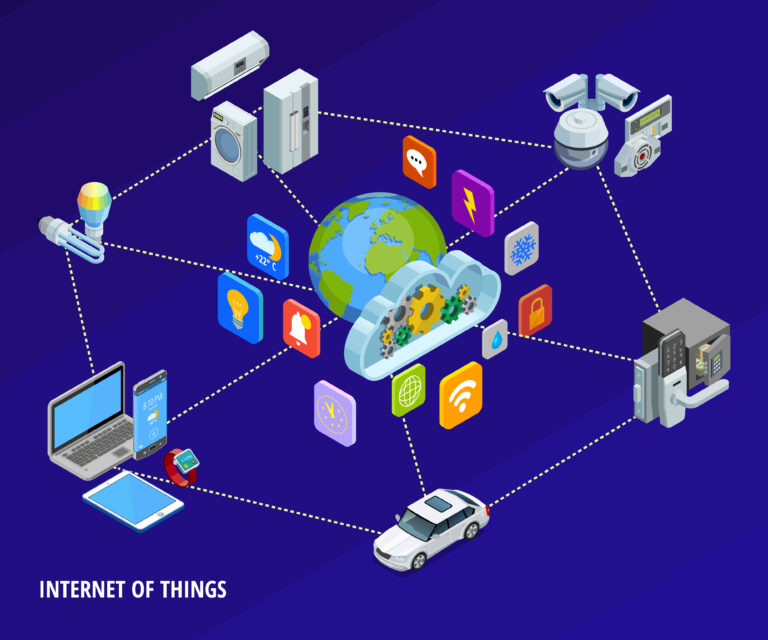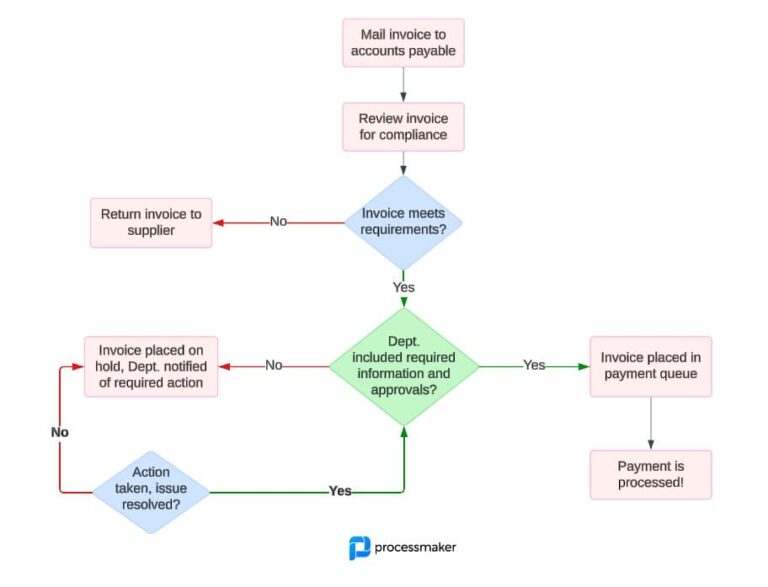Chirp, chirp! That’s your water bottle signaling your phone that you’re dangerously below your hydration goals for the day. The little sensor measuring your water intake is just one of the billions of sensors that make up the Internet of Things (IoT). From personal electronics to agriculture, innovators have squeezed smart sensors into unlikely places, sending billions of devices speeding onto the information superhighway.
We’re all savvy to the common newsmakers: self-driving cars, smart cities, and nosy porch cameras.
But for every motion-activated Ring video posted on Nextdoor, there are a million sensors humming under the radar. Nestled in your iPhone or Apple Watch is enough sensing tech to rival a mission to Mars: you’ll find sensors powering the depth perception that glows-up selfies on Portrait Mode and the ambient noise monitor that pings you when restaurant cacophony exceeds comfortable limits. Smart sensors sneak into unusual nooks and crannies like your fitness water bottle and your puppy’s water dish, promising 500 billion IoT-connected devices by 2030.
The flood of data flows back to an app, dashboard, or corporate HQ. The Internet of Things presents organizations with an unparalleled peek into product and user behaviors.
But managing the new inundation of data and making sense of it can be a significant challenge for businesses. To rein it in, smart organizations are funneling IoT data into their process automation strategies. IoT serves as new fuel to boost process effectiveness—but only if it’s exercised smartly.
Here are four ways process automation can benefit the Internet of Things.
1. Squeeze useful insights out of big data
By integrating sensing streams with process automation, you not only find a lasting home for big data—you can put it to work.
Telematics sensors measure a vehicle’s speed, location, and overall performance history. This information feeds into a central process automation dashboard, powering decisions made by workflows. The data collected helps fleet managers plan predictive engine maintenance, optimize delivery routing, and identify drivers with a little too much lead in their foot.
Some in-home healthcare wearables help caretakers and physicians keep an eye on patients from afar. Health professionals can find new insights into how often a patient sits or stands, how many steps they take throughout the day, and if they’ve taken a fall. The patient can also ping for emergency services dispatched to their exact location. This trove of data helps the medical and home care industry build care plans and trigger messaging that encourages healthier behaviors.
2. Make more thoughtful, research-backed decisions
Decision-makers have access to more data than ever and need creative ways to translate it into success. Artificial intelligence is upending analytics by mining insights from unexpected pockets of information.
Natural language processing, the tech that underpins your daily weather conversations with Alexa, lets you ask questions of your data. Instead of milling through rows and columns, AI brings information front and center.
For example, an administrator at a smart campus might ask, “what parking lots do fans try to access 45 and 15 minutes before games start?” to better plan staffing and crowd control.
AI-powered analytics help you make sense of IoT streams by unraveling complex insights that traditional analytics obscure. You could ask questions like:
- How many miles do our trucks drive before they typically need an oil change?
- What salespeople spend the most time on the road but generate the least sales of product X?
- What day of the week do super users typically upgrade to our paid subscription?
It’s no longer about collecting data—few companies have a shortage. It’s now about learning how to take control of your data before it spins out of control. Smart companies are looking beyond the data-gluttonous strategies of yesterday, and looking forwards to new ways to make sense of it all.
3. Blow your competition out of the water with unforgettable customer experiences
Don’t let your IoT data languish in some long-lost archive. Put it to work into processes that drive a lasting customer experience.
By pulling in a variety of IoT and traditional data, you can fine-tune your target marketing. Like a car dashboard that pins gas stations onto the map when fuel runs low, you can use processes to combine data from two inputs.
For example, connect purchase usage stats with real-time location tracking to generate in-app product recommendations. Similarly, retailers can use two-pronged data to pinpoint the most effective spot for a station sampling a new cake frosting: map customer movements through IoT and compare it to the days customers buy the most baking ingredients.
4. Jump-start the type of innovation thought leaders will write songs about
Finally, process automation can help businesses innovate and explore new markets. Climb way outside the box of traditional sensors—experts are moving beyond simply monitoring an item’s whereabouts.
- Geotagging hospital equipment does more than plot the position of a portable X-ray unit, for example. The data helps administrators plan equipment inventory, plan predictive maintenance during low usage periods, better strategize scheduling—even treat more patients by optimizing the route a nurse uses to reach a patient room. The strategy ties together several organizational workflows, aiding in the never-ending journey to operational excellence.
- The automotive industry is planning IoT initiatives that leap beyond the news-grabbing headlines of autonomous driving. The average vehicle now ships with 100 sensors—but they do more than check fuel levels. You might test drive a generation 1 or 2 idea at the lot, but these innovators are far down the road, tooling around with 7th-gen technology that will trickle into other industries like finance. In the crystal-ball-gazing war rooms, vehicles will become wallets, firing up sensors that turn your car into a wallet that can make purchases at gas stations or fast-food drive-thrus. This will create a new set of cross-industry processes that will need to aptly communicate with one another through APIs and other means.
Yes, the Internet of Things can keep your living room temperature steady at 67° and track down your lost keys. But behind every data point are dozens of other insights, when woven together, can reimagine your organization’s strategy for the future.
The electronics gurus at Huawei predict that by 2025, each and every one of us will schlep at least 15 IoT devices. By connecting this expanding trove of data with your automated processes, you can prune more useful insights from information, improve your customer experiences, and find new areas of innovation in places your competition just isn’t looking. By investing in automation technologies, your organization can unlock the full potential of IoT devices and harness the power of data to drive growth and success.




